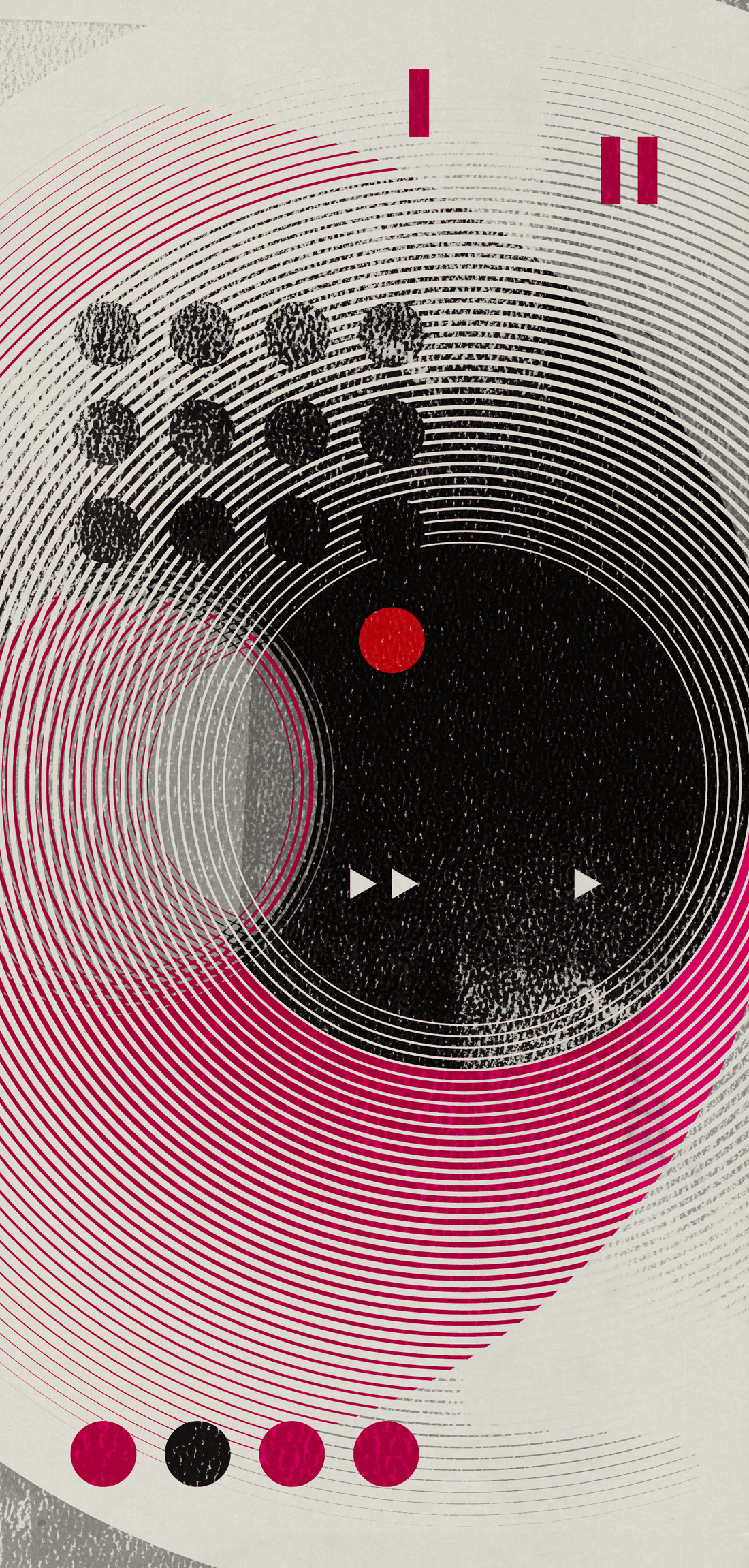The existence of the Apogee ONE is hardly surprising. Ever since the Duet interface (Tape Op #65) was released a while back - complete with a rounded-rectangle brushed-aluminum body and the ubiquitous, unadorned Myriad Pro font that feels like home to any avid Mac user - it became clear what Apogee was up to. Just as Apple was using software like GarageBand (for better or worse) to make recording audio as commonplace and non-esoteric as sending an email, so Apogee would grab that torch and make the audio hardware equivalent of an iMac. Now, there is a part of me that resents this. It is the part that savors the hard won comprehension of things like IPS and dBm and the primary winding of a transformer. With the arrival of the ONE, however, I would say that part of me may have to finally capitulate.
The ONE is essentially - and kindly forgive the ad nauseum Apple comparisons - the iPhone of digital recording interfaces. As in, it does everything. It's a condenser microphone, a preamp with phantom power, a high-impedance instrument input, an A/D converter, a D/A converter, and it pretty much fits in your pocket. It has one (BIG) knob, which can be turned to change values or pushed to change parameters. It has one simple three-LED meter that will display signal for whatever parameter is currently selected. There is an 1/8'' stereo output jack on the bottom, a Micro-USB connection for the host Mac, and a breakout cable that connects to both unbalanced 1/4'' (for instruments) and balanced XLR (for mics). There are also four LED-lit icons across the top to let you know which parameter the ONE is currently set to (internal mic, external mic, instrument, or stereo output). Like the Duet, it bears the familiar rounded-rectangle body, though only the giant knob is brushed aluminum; the rest is black, glossy plastic. Despite the plastic, the design feels extremely elegant and robust.
My home recording setup has been pretty much non-existent for the past couple of years, so with the recent acquisition of a new Mac laptop and Logic 9 (Tape Op #74), I thought it would be a perfect opportunity to do some demoing with singer/ songwriter Jay Shaner in my apartment. To me, the internal mic on the ONE was the most interesting feature, so I wanted to try that out first. Mount the unit on the optional mic clip, plug the Micro-USB cable
into my MacBook, and off we go. We record a take of strummed acoustic and play it back. It sounds gorgeous. Okay, not high-end-tube-powered-SDC gorgeous, but definitely this-is-waaaay-better-than-those-$100-to-$200-condensers-I-bought-from-Guitar-C enter-back-in-the-day gorgeous. Next up, vocals. Again, a similar response listening back. Jay is already talking about buying a ONE.
The next day, I took it to the studio to record some tracks on top of the demos we did (still directly to Logic on my laptop). I was very impressed with the instrument input for bass - quite a bit of detail and much less "dull" sounding than most of the home-recorded bass I used to do. Next up, I tried an Audio-Technica Pro 37R (Tape Op #47) with the ONE preamp and tracked some piano and percussion. The preamp sounded pretty good, though I felt there was some detail missing that I usually found reliably present with that same mic through the studio's API console. Also - and not really that surprisingly - the phantom power to the 37R pretty much devastated my laptop's battery. Definitely bring that AC adaptor if you plan to use that feature. Nonetheless, at a mere fraction of the cost of the API console, the ONE mic preamp sounded pretty great.
Ultimately though, one has to look at the intended purpose of the ONE. Before its existence, there were thousands of musicians using GarageBand to demo songs with the Mac's built in mic at marginal sonic quality for the sake of brevity of process. And every engineer out there has probably mixed a song with tracks started in, or imported from, GarageBand at some point. Now, musicians will find that same ease of use and uncluttered interface, but with recording quality that surpasses most low to mid-level mics/preamps being pushed on the consumer market. I do believe that the ONE can potentially revolutionize the digital demoing process. It will raise the bar for what we think of as "demo quality", while simultaneously making the hardware aspect of recording as clean and accessible as the software aspect. For those of us who do guard our secrets about transformers and such, we best release our grip on our craft; Apogee has opened to the door of quality audio recording to all of us.
Interfaces | No. 62
Ensemble audio interface
by
Apogee's all-in-one preamp, converter, and monitoring system offers all the essential features in a 1RU-height FireWire audio interface. There are eight analog inputs, four of which can handle mic,...




_disp_horizontal_bw.jpg)